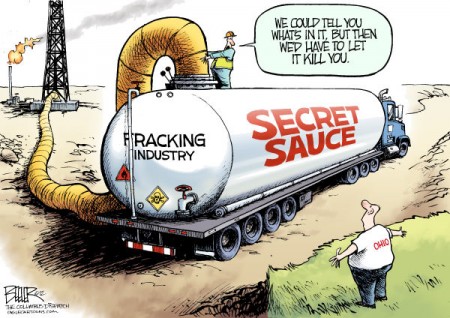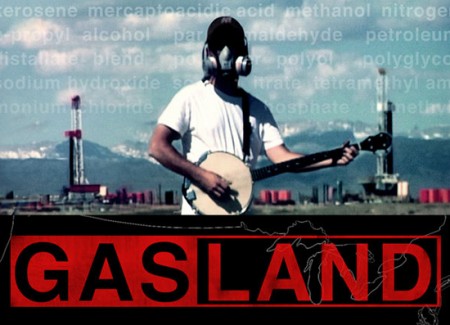June 7, 2015 – For how many years since hydraulic fracturing technology or fracking was first used have we been told by the industry that it does not contaminate drinking water. Turns out we were being sold a bill of goods.
In a report issued this last week by the Environmental Protection Agency focused on the issue it was confirmed that fracking has been contaminating some drinking water wells. The problem isn’t widespread but there are enough occurrences to warrant environmental concern.
The industry has been arguing from the get go that well water contamination documentaries like Gasland and Gasland 2 are inflammatory when they show images of tap water that can be lit and when numerous stories are told about how the oil industry is “contaminating democracy.” The industry has mounted a public relations campaign to debunk these conclusions, but it appears that Josh Fox who wrote and created the films has gotten some of his facts right.
The EPA 998-page draft report documents 151 cases in 11 states where fracking operations caused chemical spills where the fluids may or may not have leached into groundwater. It also confirmed that fracking operations in parts of the country are actually tapping into freshwater aquifers where the hydrocarbons are also present. The industry in the past has denied this.
Fracking operators use water and chemical solvents, called fracking fluid, to separate tight-gas and oil from shale rock formations. The EPA identified 1,076 different chemicals in fracking fluid and that, for the most part, it was impossible to know which chemicals were being used even within a single company. The most commonly used chemicals include methanol, hydrotreated light petroleum distillates and hydrochloric acid. The volume of fracking fluid injected into exploratory wells varied from a few liters to tens of thousands.
The EPA also noted that the majority of chemicals being used in fracking operations were soluble in water and when introduced into soil and organic material could persist in the environment for a long time. Some of the chemicals used were found to be carcinogenic. Some were deemed cardio and neurotoxic. Some could compromise the immune system and alter blood chemistry. The exposure was generally deemed low when spread across the nation but in areas where fracking was concentrated, these chemicals in the environment could be considered potentially hazardous.
The EPA specifically looked at how wells used to provide freshwater could become contaminated by fracking operations. They noted that in some cases deficiencies in the cement casings used to isolate the fracking fluids from the surrounding environment were not placed deep enough to extend below the aquifers being used as drinking water sources. This appeared in 3% of all wells drilled in 2009 and 2010. That’s 600 out of 23,000. The EPA also found cases where the cement casings failed leading to natural gas seeping into local drinking water. The EPA also expressed concern about older well sites becoming sources for groundwater contamination.
And specifically the EPA found that “not all hydraulic fracturing is performed in zones that are deep below drinking water resources” citing wells drilled in Illinois, Indiana and Kentucky.
In the conclusions the EPA authors state:
- “There are above and below ground mechanisms by which hydraulic fracturing activities have the potential to impact water resources.”
- “We found specific instances where one or more mechanisms led to impacts on drinking water resources, including contamination of drinking water wells.”
- “The potential for impacts to drinking water resources from hydraulic fracturing water withdrawals is highest in areas with relatively high fracturing water use and low water availability.”
The industry claims the report validates their position that fracking poses no threat to those living nearby who rely on groundwater for cooking, cleaning and drinking. The Heartland Institute, in its read of the draft report emphasized, “hydraulic fracturing,…does not create widespread or systemic pollution of drinking water.” They along with many other fossil fuel energy advocates are focused on the words “widespread” and “systemic” as justification for current industry practices. But they are wrong in that as many as 20% of the wells drilled by fracking companies for more than a decade according to the EPA do pose a threat to groundwater sources and that some operators continue to not follow industry best practices and therefore pose a threat to local water supplies.
The public is getting the opportunity to read the draft report now and above I have provided a link to it in this posting.





















